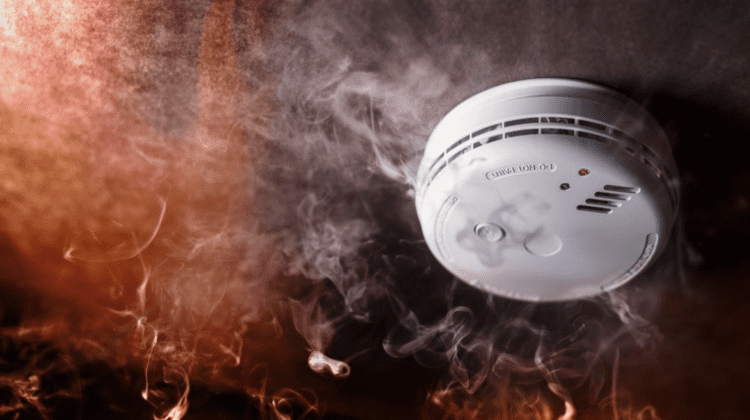
Many factors affect your home insurance rates. Some have to do with the age, location and structure of your home. Others have to do with local crime rates, school districts and weather hazards.
But there’s one factor that homeowners and homebuyers rarely know about: the community’s fire rating. This measure is typically calculated by the Insurance Services Office (ISO), and it has a lot to do with how much you will pay for your home insurance.
ISO issues a grade to a home based on how well its community is prepared to fight fires. This gives insurers a good idea of how fast fire damage will be minimized. The measurement is based on:
- How advanced your jurisdiction’s emergency communications are
- How well-trained and equipped your fire department is
- How reliable, pressurized, available and adequate your water supply is
Your community may also be able to get bonus points for fire prevention, education and investigation competencies. For example, offering fire safety classes to the public may improve your community’s rating.
Typically, insurers use your community’s fire protection rating in conjunction with other factors specific to your home. But an improvement in your locale’s fire rating can make a noticeable difference in your premium all by itself. It’s important to review your community’s fire rating when it’s time to renew your homeowners policy. If your community has improved its score, this may merit a decrease in the price of your insurance.
The best rating is a Class 1, and it’s hard to get. Most communities across the nation are still striving for that. But any improvement, say from a 6 to a 3, can affect insurance prices. If you are buying a home, the community’s fire protection rating could be an important consideration for you. If you already own and your town’s fire rating is poor, you may want to advocate for improvements.
Since not every jurisdiction posts its fire protection rating online, you may have to ask your Rathbun Account Manager. Your Account Manager has access to information that insurers use to determine your cost and terms of coverage. They can also weigh in with insurers if your area’s fire protection rating has improved.
If your home is in an area with a poor fire rating, especially Class 10, you might not be able to get normal homeowners insurance. Your account manager will seek quotes for you, but after several rejections, you may have to turn to a nonstandard insurer.
Such an insurer may be funded by your state government or it may be a company that specializes in high-risk properties. Your account manager has a list of these and will help you find options. Sadly, the cost of your coverage may be higher than you’d like, but at least you will have protection for your most valuable asset.
No matter your community’s fire rating, you can take measures to suppress fires in your own home. For example, you can find stove-range fire suppression canisters that drop powder from above when stovetop flames flare.
In areas with poorer fire ratings, you may have to take more extensive measures, like installing interior fire sprinklers. There are many sorts of sprinkler systems, some of which are installed in ceilings and some of which spray from walls. They need to be installed by professionals, but they can save your home from fire, smoke and the widespread water damage done by fire trucks.
Keeping flammables away from heat sources and clearing leaves and brush so they don’t contribute to the spread or ignition of fire is also important. Lightning grounding systems (lightning rods) are also helpful in preventing storm-related house fires.
Talk to your Rathbun Insurance account manager. They can help ensure you’re getting credit on your homeowners insurance for your fire prevention efforts and your community’s fire rating.
